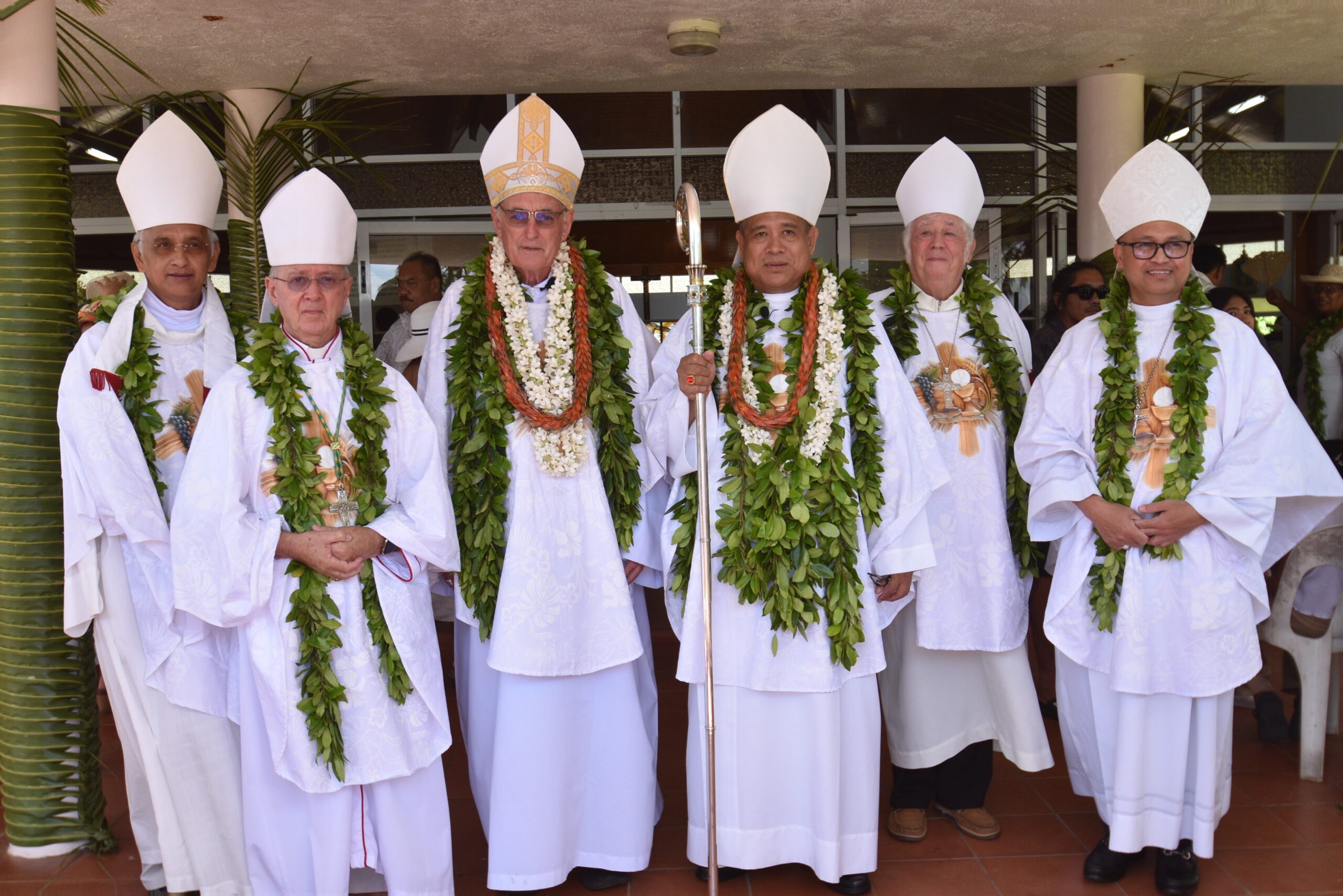LETTERS: As different as chalk and cheese
Tuesday 25 January 2022 | Written by Supplied | Published in Letters to the Editor, Opinion

Dear Editor, this is a follow-up to the letter to the editor regarding foreign workers breaching their contracts, upping and heading for New Zealand (‘NZ created labour shortage problem’, January 20).
The coconut wireless drum beat says ‘come to NZ, work for 3 years and we will give you NZ citizenship and you will then be able to bring your foreign family to NZ’. Is this correct?
As a reminder to the ones leaving, socially New Zealand and the Cook Islands are chalk and cheese. Wages are higher, but so are rent, power, water, and phone charges. Nothing is given away for free.
New Zealand has a track record of broken promises to the Maori, Polynesians, Asians, and the latest Afghans waiting to get to New Zealand.
Talk is cheap, and what is policy today (if it is) soon changes when it’s time for New Zealand to fulfill its commitment.
Clarification from the Foreign Affairs and Immigration would be helpful, so people who contemplate leaving are fully aware of what they are getting into.
Name and address supplied
The Aboriginal Tent Embassy mark’s 50th anniversary
Cook Islanders understand the importance of connection to land and the responsibility that comes with being custodians of the land. Overall as indigenous people of these islands, we have retained control of our land.
The colonisation of New Zealand and Australia by the British, meant the loss and disconnection from their land for Maori and Aboriginal people. Back in the day, Maori leaders negotiated a treaty with the colonial authorities, there was no treaty for Aboriginal people and it remains unfinished business to this day.
In Australia, 26 January is a national public holiday that commemorates in 1788, the arrival to Sydney Cove of the First Fleet from England and the raising of the Union Jack, a symbol of ownership. The Cook Islands celebrate nationhood on Constitution Day and Aotearoa New Zealand commemorates the signing of the treaty on Waitangi Day. In the United States, Columbus Day is no longer a national holiday.
In the 1970s the Black Power movement in the United States inspired both Maori and Aboriginal people to challenge their governments to redress their lack of equity and civil rights. Land rights was top of the list because that was the basis of power, self-determination and identity.
In April 1971, the Northern Territory Supreme Court ruled against the Milirrpum (Yirrkala) people in favour of Nabalco, a mining company, to give them access to the land. Australian Common law did not recognise Aboriginal land rights in terms of the relationship of clan to land. This was the first time that Aboriginal people had taken the issue of land ownership to the courts. Yirrkala representatives went to Canberra to seek justice and ask for title to their land, royalties from mining operations, consent or rejection rights on further development and return of the land once mining operations finished. Nine months later, on the eve of Australia Day 1972, the government announced there would be no land title granted but Aboriginal people could apply for 50-year leases for reasonable economic and social use however it did not include mineral and forest rights.
The court decision and government reaction was the impetus behind the Black Caucus from the Redfern Black Power movement sending a delegation of four to Canberra to protest. They arrived on 26 January, 1972 to set up the Aboriginal Embassy under a beach umbrella on the lawn opposite Parliament House.
The protestors’ view was that Aboriginals had no rights and were aliens in their own land. As aliens they would need their own embassy. More people joined the protest and a loophole in ACT laws allowed camping on the lawns of Parliament House as long as there were less than 12 tents. The Aboriginal Tent Embassy was thus established.
In February 1972, members of the Embassy presented to the government their first petition asking for full control of the Northern Territory, including mineral and mining rights, preservation of all sacred lands in Australia, legal title and mining rights to areas of cities and compensation payment of all other land taken from Aboriginal people.
Meanwhile the government drafted a law banning camping on unleased Commonwealth land in Canberra and hours after the new law came into effect, police forcibly removed tents and arrested protestors. By end of July, there were over 2000 protestors, made up of Aboriginal and student activists, gathered at the Embassy site. The ACT Supreme Court declared the removal of the Aboriginal Tent Embassy illegal on a procedural technicality.
The Embassy was re-established and remained on the lawns of Parliament House until 1975 when its removal was negotiated by the Department of Aboriginal Affairs and the Minister for Capital Territory. It was re-established in 1992 for the 20th anniversary. By then the seat of government had moved to Capital Hill. In 1995, the Australian Heritage Commission registered the Embassy site on the National Estate.
The Aboriginal Tent Embassy in Canberra, is noted as Australia’s longest standing site of political action despite arson attacks that have damaged or destroyed some structures. The Embassy introduced and keeps focus on Aboriginal land rights and the struggle to end racial discrimination. It is a lasting symbol of Aboriginal unity on land rights and sovereignty. When these rights are gained, there will be no need for an Embassy.
Until then and on the 50th anniversary of The Aboriginal Tent Embassy: “Always was, always will be, Aboriginal land. Sovereignty never ceded.”
Yours in power,
Jacki Brown
Turangi










































Comments
GM Huggert on 25/01/2022
👍